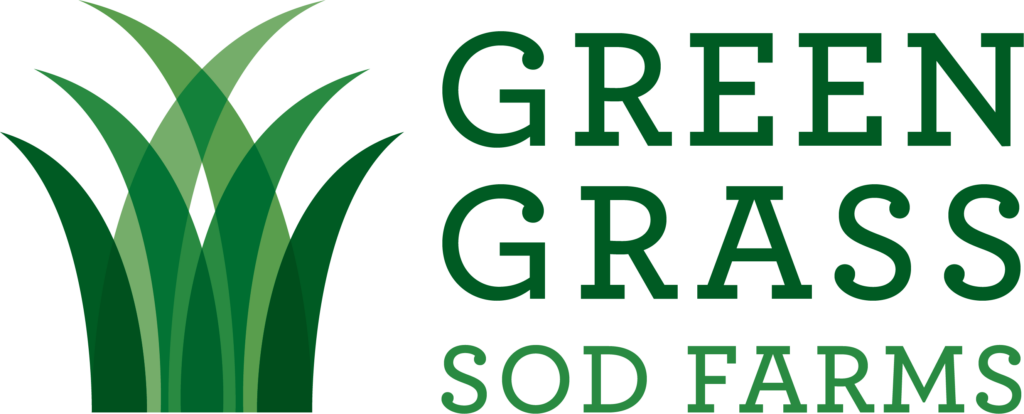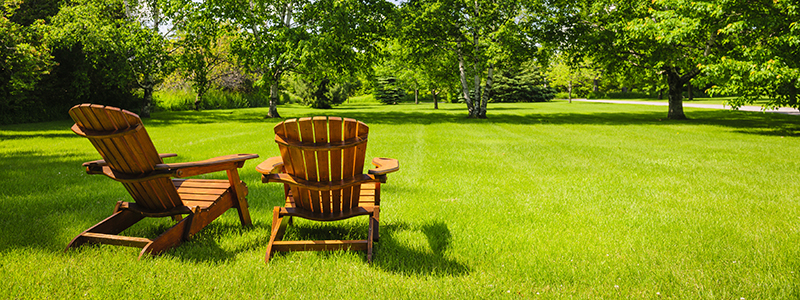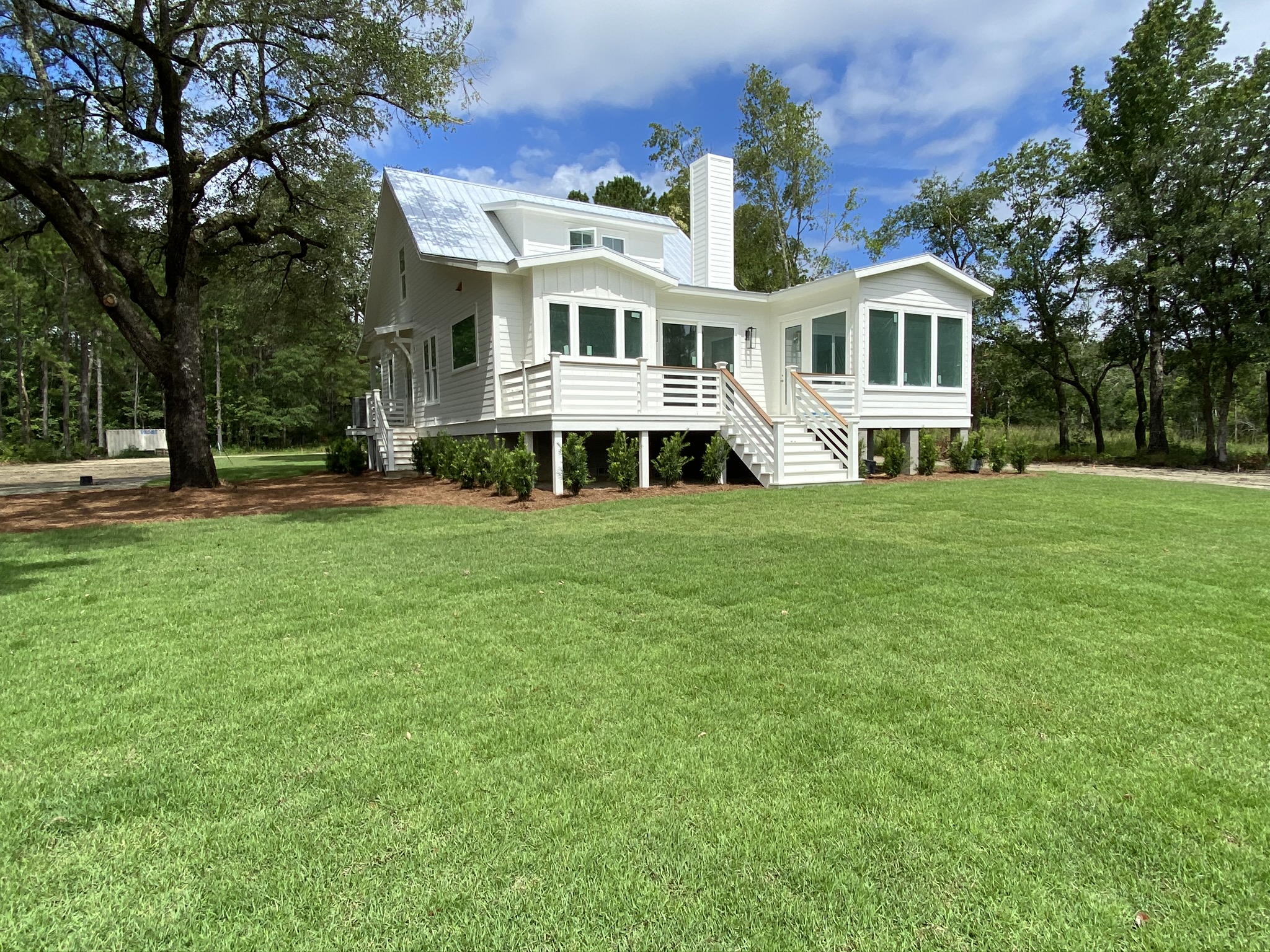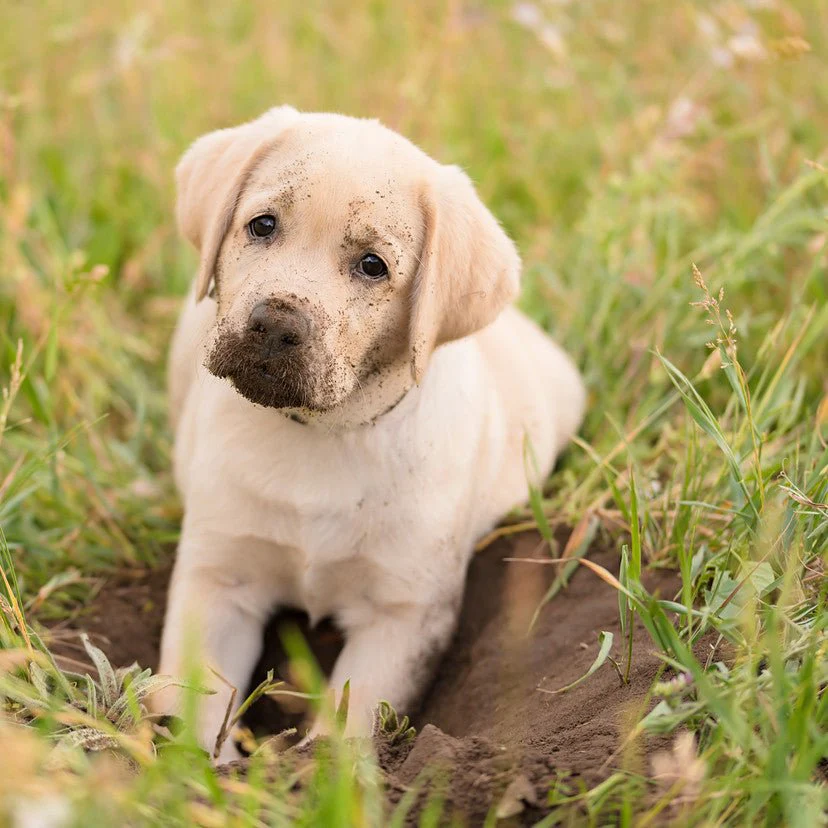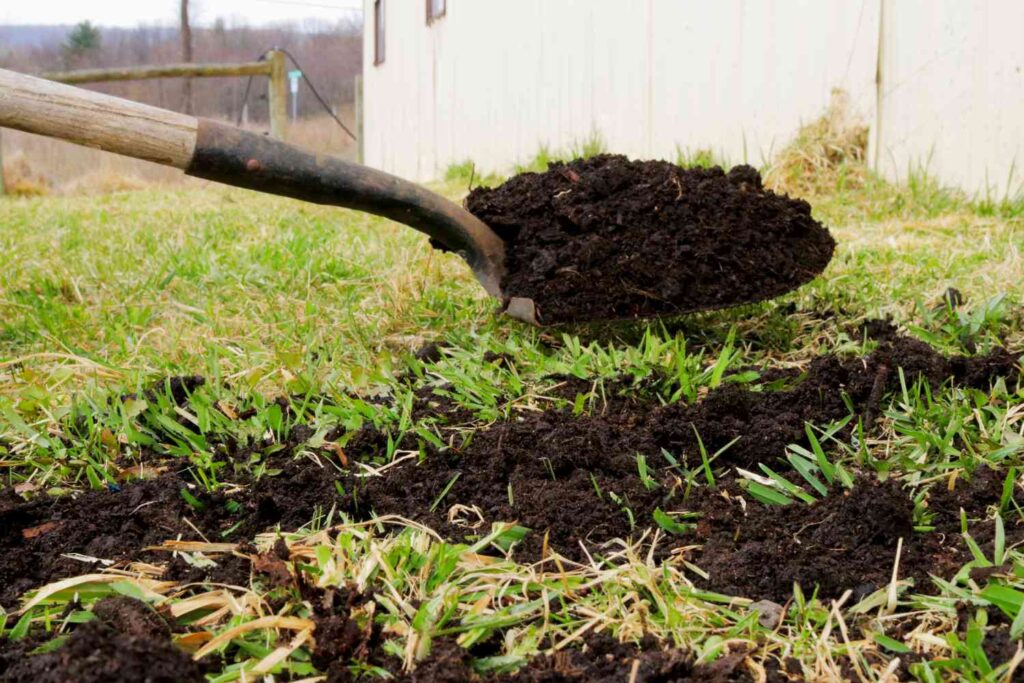As the days grow longer and the temperatures rise, it’s time to give your lawn the attention it deserves. Whether you’re a novice or a seasoned gardener, enhancing your lawn’s health and appearance can be rewarding. In this beginner’s guide, we’ll explore simple yet effective strategies to rejuvenate your lawn and make it the envy of the neighborhood.
Brown Spots
There are many reasons why bits and pieces of a lawn might manifest brown spots. Irrigation is the first thing to consider. It’s possible a sprinkler head is impaired by tall grass, and the water is being blocked. Or maybe the head is clogged with debris or insects (sprinklers offer an excellent hiding place for insects to chill). Let’s not rule out a broken sprinkler head. Any way you view it, be prepared to turn your irrigation on to see the problem and adjust accordingly.
Don’t Let Leaves Be
Allowing leaves to lay on your sod can have several negative effects on the health and appearance of your lawn:
- Suffocation: A thick layer of leaves can smother the grass beneath, blocking sunlight and air circulation. This can weaken the grass and lead to yellowing or browning of the turf.
- Moisture Retention: Leaves can trap moisture against the grass, creating a damp environment that promotes the growth of fungal diseases such as snow mold and brown patch.
- Pest Habitat: Piles of leaves provide shelter and breeding grounds for pests like insects and rodents, which can damage your lawn and spread diseases.
Tools & Toys
Anything left on grass for a few hours to an extended period will make an impression…literally. For instance, a planter bed on the other side of the yard needed to be watered. You pull the hose out and leave it there for a day or two. When you decide to roll it up, you’ve left behind a serpentine wiggly in the turf that’s turned it from green to yellow or white. Now you risk burning leaf blades by the sun or even dying. After using a tool or toy, you would need to pick it up and get it off the grass.
Now It’s Time to Mow!
The difference between a so-so-looking lawn and a dynamic-looking one can be found in your lawnmower.
- Fill the gas tank on a solid surface like a driveway or sidewalk. Spilling gas on grass will kill it.
- Keep an eye on the blade sharpness. A dull blade will rip instead of cut. You can tell by looking at the tips if it’s a jagged cut or smooth. A few minutes after cutting, the lawn may turn a dull blue-gray tinge, indicating a dull blade. Professionally sharpen it or replace it once a year.
- You can trim it a little shorter in the spring, but try it an inch higher in the summer. Taller grass will shade the ground better and use less water.
